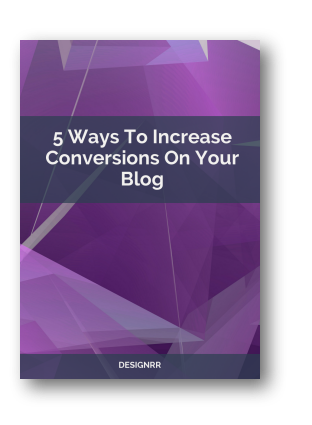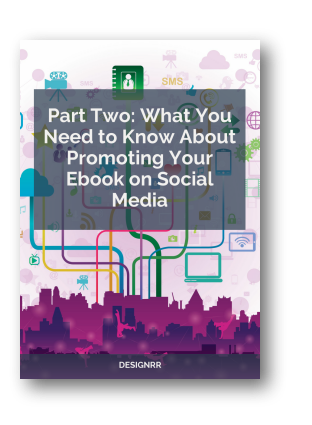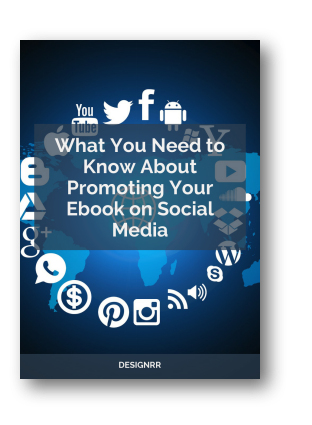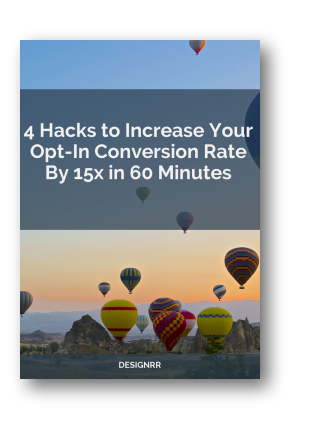Contemplating starting a business soon? Congratulations! You have made the right decision, and we are here to make your journey successful. We know what entrepreneurs go through before finally getting the energy to smile. That is why we are here to support you along the way.
So, what do we have for you today? In today’s article we will teach you how to truly know your target audience and the benefits of knowing who they are.
What are Target Audiences?

A target audience is a broad group of consumers within a defined target market, such as demographics and psychographic traits shared by the typical customers of a business.
A potential target audience could look like this:
- Gender: Male
- Age: 25-40 years old
- Annual Income: $40,000-80,0000
- Location: United States
- Interests: Business and Technology
- Attitudes: Optimistic and Ambitious
- Challenges: Lack of Time and Resources
You will assess a target market by analyzing historical data, patterns and conducting research. These studies will include researching your clients and looking at your competitors’ customers.
The results should be a summary of your regular customer profiles and habits.
You can also create a few target audiences:
- Your actual customers
- Desired customers
Whatever you do, your goal is to collect your target customers’ most prominent attributes. A comprehensive analysis of your customers will tell your business’ marketing tactics.
So, who is your target audience?
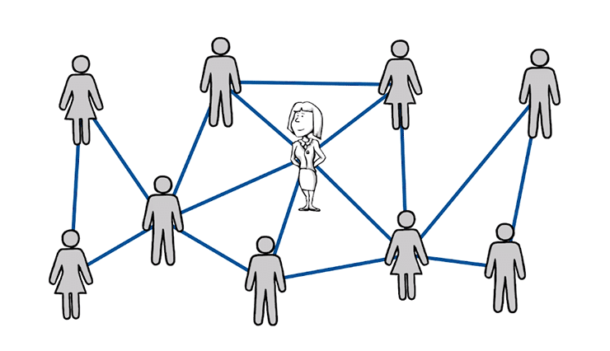
Your customers. Your people. Your squad or your community. Whatever you call them, they are the most precious group of humans in your life as an entrepreneur running an online business. They are the backbone of your business, and without them, you are nothing. If you don’t know who they are, that simply means you are not in business.
Having finer details about your target audience is crucial. Information like their shopping habits, how they spend their day, family size, what they eat, and so on are critical. You need such information to understand your target audience well. Of course, you don’t need to know everything. Just focus on the most valuable information.
The bottom line is to make sure before you start your business, that you know who you are selling to. But isn’t that why we build buyer personas?
What is the difference between a target audience and a buyer persona?
Buyer personas differ in that they are much more focused than target audiences. While a target audience identifies a crowd of buyers, a buyer persona identity looks at that crowd’s specific members.
Let’s go through each of them to know the difference:
Target audience
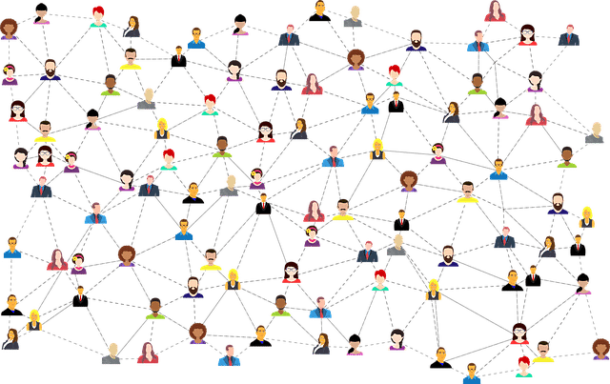
The target audience refers to a certain segment of society, with a potential tendency to buy your particular product or service. Target audiences help create the foundation to coordinate marketing and sales strategies and campaigns.
Here’s an example:
Several surveys or gathering of data are performed to define common features in a population that will be the subject to your marketing.
Data such as age, race, social class, and position are important.
For starters, let’s imagine that your company is selling cosmetics online. You can perform a survey and find that the demographic consisted primarily of women between the ages of 20 and 50, salary between $3,000 to $10,000 USD a month working in major cities across the United States.
Buyer Persona

The definition of a buyer persona gets deeper. It needs information from the target audience to form a persona. This originated from the new needs and requirements of the viewer which are more challenging. We can describe it as a semi-fictitious representation of a standard consumer that was created in order to define the ideal customer of the business.
Here’s an example,
Buyer persona takes into consideration not only data such as age, race, social class, etc., but also attitudes and attributes such as demographic information, family history, inspiration, desires, aspirations of existence, difficulties, and others.
Using the same company that sells cosmetics, we find the persona: a single recently divorced 35-year-old woman, who has two kids, earns around $7,000.00, lives in an upper-middle-class community and uses the goods of the brand to maintain a good skin look, where her main concern is to stay young and possibly re-marry.
Read more about Buyer Personas
Why should you define your target audience?

Your target audience is the backbone of your business. They are the pillar of your business. They dictate almost all of your business, product, and marketing decisions that you make. From the channel you use to the information you share, your target audience is a priority. Otherwise, if you don’t consider them, you will be throwing money out the window. Ready to throw money out the window? Of course not.
Specifying your target audience is very crucial and something you need to consider very seriously. You will highlight the identification of the existence of different audiences. Keep in mind that not everyone counts as a target audience. So there is a need to be specific about your target prospects. In many cases, you might have different groups who use your products or services. You can know which buyer niches the business needs to take into consideration when you develop a strategy.
Trying to meet the needs of everyone that comes to your mind is the worst mistake you will make as an entrepreneur. It is not a smart business decision to generalize your audience, as you will end up losing prospects who mean a lot to your business. Doing so will be like chasing two rabbits at the same time. Eventually, you will lose them both. With this, you can determine if all of them will be served or if there’s a need to focus on one specific type of consumer. Or create different marketing strategies for each target audience.
Identifying your target audience can help you develop and understand the languages being used by them. This will open up your business for well-aligned content production and creation, an understanding of the timing of the actions and also the identification of changes and improvements to apply to your products or services.
In a nutshell, focusing on a specific group gives you a clear roadmap for your messaging, marketing, and relationships with your customers in mind. Besides, this prevents impacting your business negatively and exhausting your precious resources such as time, manpower, and money. Once you decide who to target, the rest will fall into place.
How do you define your target audience?

Knowing your target audience is never an easy task. It requires a commitment to research and specificity, a handful of resources and creativity. If you combine these three, you can be sure to understand who are your target customers. That said, here are three steps that will truly help you know your target audience.
1. Start with what you know already
Basics like demographics (age, income, education levels, family status, etc.) come in handy and can help you begin to shape how you identify your audience. Collect data about the age, education level, income, and so on about your target prospects. You can be specific on what you want to collect data about. You might be surprised how demographic data can help drive purchase decisions.
Next, consider going beyond demographics and looking at your audience based on their interests, opinions, and activities. That is, jumping into psychographics. What type of blogs, newspapers, or magazines do your ideal buyers read? How do they spend their money? What do they prefer watching? What social media channels do they use? These are some questions worth asking.
You may also want to consider the annoyances, problems, and dislikes surrounding your target customers. You can try to understand the challenges they face daily, social, and political issues affecting them and whether they are happy at places of work.
The more you ask in-depth questions, the more you get to understand your target customers better, and this means you will be able to meet or address their needs well. In a nutshell, make sure targeting ideal customers is your ultimate goal.
2. Research, Research, Research
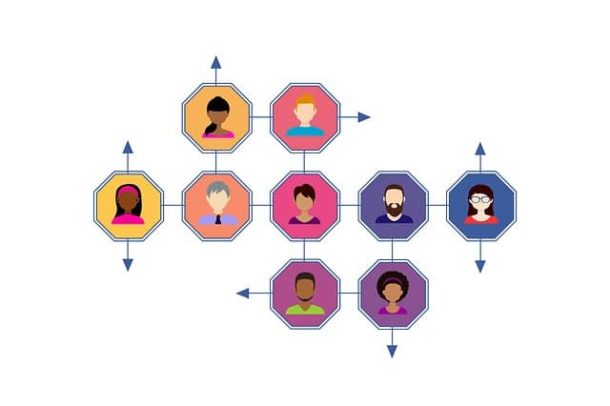
Once done targeting your ideal buyers, consider looking around you at your customers, competition, and product or service itself.
Customer base
Do you have existing customers? If yes, why do they buy from you? What kind of customers bring in the most revenue? Do you notice any common characteristics and interests? Understanding your current buyers can help you target more people just like them.
You are learning from your customer base. You can even carry out primary research if you want to pick valuable data straight from the mouths of your customers. Here are some ideas on how to carry out primary research:
- Interview your consumers. This is an excellent way to gather direct information that can serve as user-generated content and valuable testimonials for your website and products or services.
- Conduct a focus group. While this is an expensive alternative, it does allow you to collect more reliable information. This involves gathering a few of your ideal customers and learning from them. Use this approach if you have enough money.
- Distribute surveys using tools like Google Docs, TypeForm, or SurveyMonkey. You can encourage participation by giving giveaways.
Competition

Serious entrepreneurs know the value of conducting a competitive analysis. They know that such analyses are worth their time. Below are some questions you will find very helpful when researching your competitors. Use them to find out who your competitors are targeting:
- What is their audience buying from them, and how are they marketing it? How are they positioned in the market?
- What is their pricing strategy? What are their customers willing to pay?
- What are people talking about online and on social media per their brand? What are their customers saying, especially in reviews?
- What kind of advertising are they investing in? What / who does their messaging speak to?
Once you have detailed information about your competitors’ audience and the size of the audience, it becomes easier to pursue them and also add them to your list.
Researching the target audience of your competitors online is also a good idea. Visit various social platforms and see where your competitors are advertising. Go even further to see who is seeing those promotions. You may also want to visit your competitors and make a purchase.
Basically, do everything at your disposal to learn about your competitors and specifically to find weaknesses that you can leverage. Remember, it is much easier to win more customers if you can offer more attractive services than your competitors.
Product or service

The next step and the most critical one is that of taking a deep dive into your business products or service offering. Start by writing down the features of each product or service you offer. Next to each feature, write the feature’s benefits (and the benefits of those benefits).
For example, if your product is a magazine. A key feature could be an in-depth interview article that features well-known founders. Such interviews provide a unique insight into the life, success, and leadership of the mentioned founders.
Your magazine talking about the life and success of such founders attracts entrepreneurs looking to connect, gain unique advice, and learn from successful business founders. Ultimately, the benefits of your magazine will be to attract entrepreneurs and convert them into customers.
From this example, it is possible to know where, how, and why to market your magazine. In other words, take a look at your ultimate products or services value. Do they provide your insight about your target audience? Can they help you establish more specific data?
Note that specificity = success.
While being specific may seem to limit your reach, that is not true. The truth is, narrowing down to a particular audience will help you make decisions that favor them. Eventually, this sets you up for favorable outcomes in the long run.
Remember also to spend more time as you narrow down to a specific target. That way, you will truly understand the attitude, values, pain, and beliefs that will help you relate with your audience well.
3. Use tools to evaluate your target audience

You have conducted the research and gathered all the relevant data. Now it is time to do some evaluation. Here are some questions that will help you evaluate your target audience:
- Will your target really benefit from and see a need for your product or service offering?
- Are there enough people who fit the criteria you have pinpointed?
- Is my target audience accessible to the point that I can reach them with my message?
- Do I understand how my target audience makes purchase decisions?
- Can my target audience afford my product or service?
Answering these questions will help you decide if you are ready to consider your target customers. The answers to these questions could also indicate that you need to stop and go back to square one to gather more data. If you go back, try to leverage other sources of information you did not use before and then combine with information discovered from your own primary research.
For example, look up what others have researched about your target audience. You can also use databases like Ahrefs, Quantcast, and Google Trends.
Update your target audience profile
Marketplaces keep shifting and evolving. This means buyers also keep changing. Updating the profile of your audience, let’s say every 6–12 months ensures your marketing strategy stays effective and efficient. Not to mention that updating your customers’ profile will help you stay one step ahead of the competition. You the A.P.I.E (Analyze, Plan, Implement, Evaluate) formula to document your success and failures.
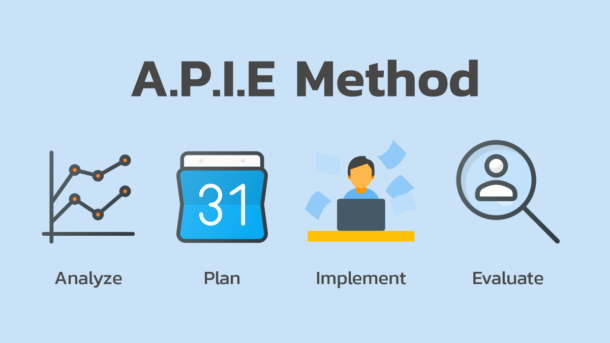
In conclusion
While it’s not an easy task to define your target audience, it is worth knowing who you are selling to. Once you know who is your ideal buyers, everything else falls into place. Otherwise, if you cannot identify your customers and connect with them, soon or later, your business will fall flat.
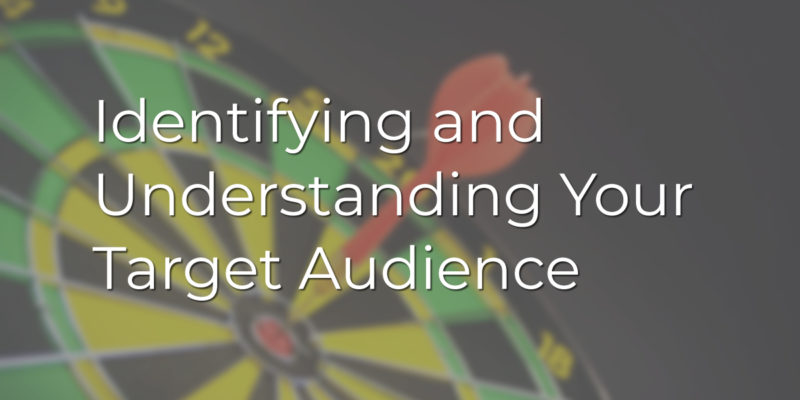

![A Full Guide to Buyer Persona + [Template]](http://www.overlandlust.com/wp-content/uploads/2019/11/A-Full-Guide-to-Buyer-Persona-Template-800x400.jpg)
